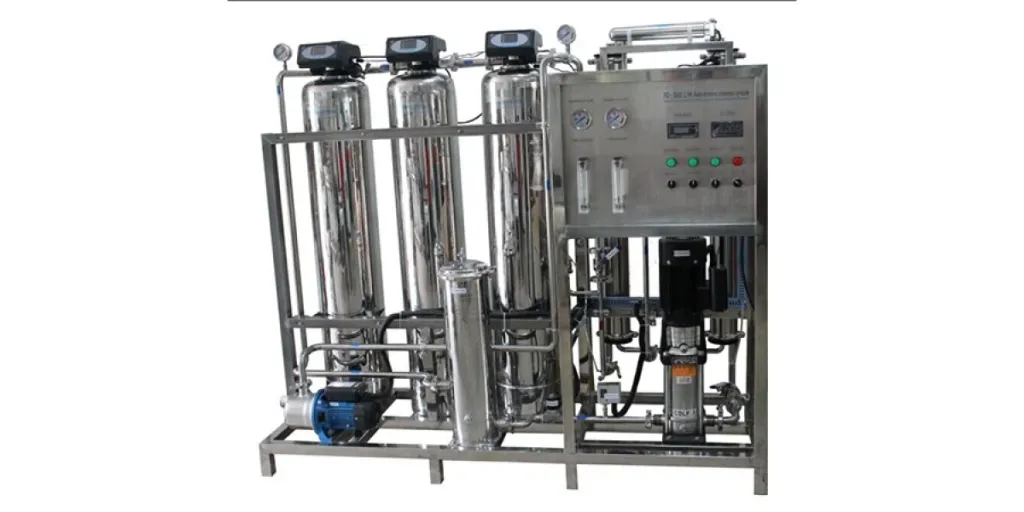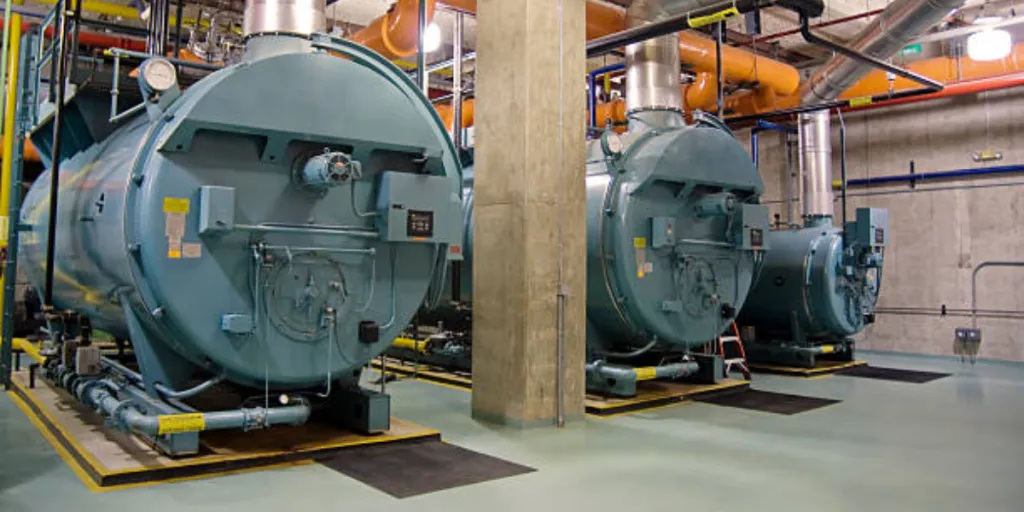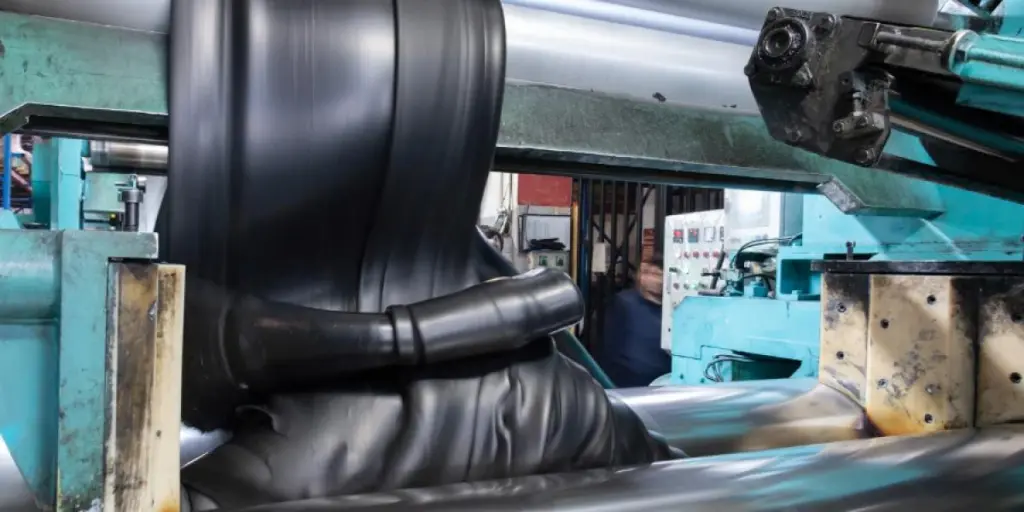Purchasing industrial mixing equipment that manufactures nutrition, bakery, food, and chemical products is a considerable investment for companies. Operations in these sectors often involve mixing and blending powder ingredients to improve the product’s value.
When selecting an industrial mixer, some companies go for the highest packing lines and speed mixers to avoid the risk of allergens, especially those handling many ingredients. However, high speed and pack lines do not guarantee that the machine will generate a significant return on investment or long-term efficient solution.
Purchasing companies should understand and decide between batch and continuous mixing. Fortunately, most current applications combine batch and continuous mixing features for better results.
Table of Contents
Industrial mixer future market projection
Factors to consider when choosing an industrial mixer
Types of industrial mixers
Industrial mixer future market projection
The industrial mixer’s global market is projected to grow at a CAGR of 7.8%, with the demand rising from $2.4 billion to $5.1 billion during the forecast period covering 2022 to 2032. Interestingly, industrial mixer demand reached $2.255 billion by the end of 2021, supporting the 2032 projections.
Some factors responsible for this projected growth include:
- An increased need for quality, high-performing mixing equipment to improve productivity.
- Industrial mixers’ market trends focus on energy efficiency, adaptability, and flow maximization.
- Many governments emphasize sophisticated technology in chemical production.
- Demand for packaged foods increases in countries such as India and China, meaning the food and beverage industry will need industrial mixers for faster production.
- The rise in applications in the industrial mixer industry, especially the pharmaceutical, chemical, and biopharmaceutical industries.
- Programmable industrial mixers are needed in various industries to minimize errors and improve efficiency.
Factors to consider when choosing an industrial mixer
Industrial mixers are built to last long, hence the need to make a wise choice depending on what you intend to blend and mix. Whether the machine is a new or used blender or mixer, these factors remain pretty the same when selecting the right one. Let’s consider some of these factors:
Power consumption and carbon credit
Industrial equipment is known for high power consumption, contributing to large carbon footprints. However, modern commercial mixers have energy-efficient innovative features that reduce carbon emissions. These features are worth considering when purchasing an industrial mixer to meet the government’s industrial legislation on power consumption and carbon emission. This would result in carbon credit and cost reduction.
Mixing vessel capacity
Commercial mixers are large vessels carrying lots of powder or liquid mix. The size of the product determines the vessel’s capacity. Larger mixing vessel capacities are productive but could also mean extensive downtime due to more time spent emptying, loading, and cleaning. Other factors to consider when determining a suitable vessel’s capacity are the heigh and volume of the batch and the vessel’s diameter.
Batch or continuous production
The batch size is one of the first things you want to consider on an industrial mixer since it determines the production quality. Continuous production provides higher capacity with fewer cleaning and release cycles. It is suitable for companies involved in large-scale production. On the other hand, batch production does the mixing in the intermediate bulk containers, providing higher product quality and better tracing for exceptional and diverse products.
Mixing time
The industrial mixer’s mixing time is essential because it affects the blender’s life cycle and power consumption. Generally, preparing the blender takes 2 hours, and filling the mixture takes 3 hours. However, mixing time depends on the blender’s efficiency and material properties. Therefore, the company that wants to save on production costs should consider the blender’s efficiency and mixing time.
Easy cleaning
The machine’s cleaning time is part of the production time. Most industrial mixers require quick ingredient change and thorough cleaning to avoid contamination before different ingredients are loaded. Debris from the blending and mixing process could stick on paddles, bearings, and sidewalls, hence the need to choose a blender that is easy to clean to save time.
Liquid viscosity
The industrial mixer should be compatible with the liquid or ingredients. The company should consider the liquid viscosity before adding other ingredients like powder. Some frequent liquid behaviors worth examining include:
- Newtonian fluids: Since they contain water, hydrocarbons, oil, and minerals, they maintain their consistency regardless of the mixing speed.
- Thixotropic fluids: These fluids can lose their viscosity with increased mixing speed. They include inks, soaps, tars, glue, and peanut butter.
- Pseudoplastic fluids: They include latex, paints, and cream, and their viscosity increases with high mixing speed.
- Dilatant fluids: Their viscosity rises when the shear rate increase.
Types of industrial mixers
Industrial mixers are available for different applications, from laboratory scale operation to bulk tanks with a capacity as high as 230,000 liters. Let’s consider some general industrial mixers.
Tumbler mixers
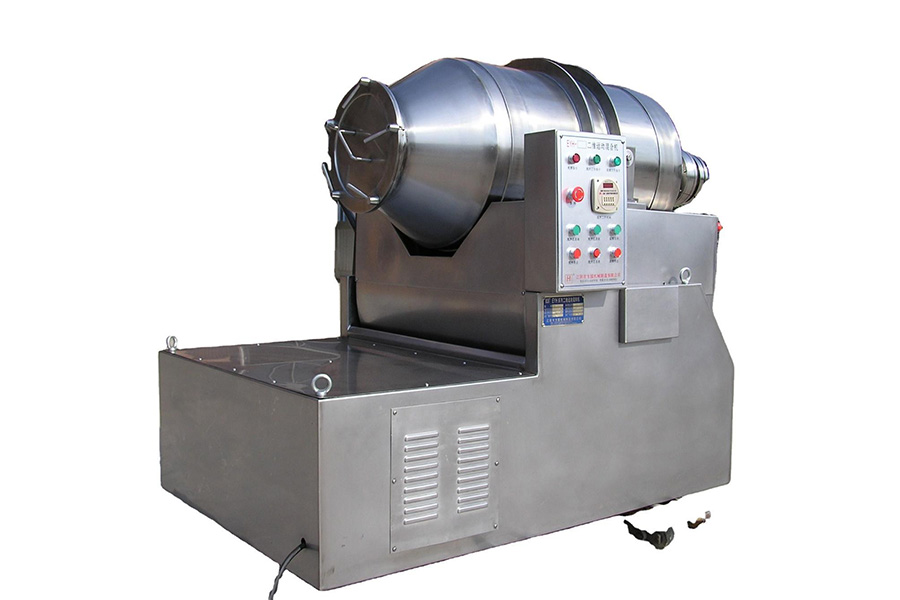
A tumbler mixing machine has unique shapes, including the V-shaped blender, double-cone configuration, and Intermediate Bulk Container (IBC). It is known for its low-impact mechanism, turning at a speed between 5 to 25 rpm.
This machine works by encouraging products to tumble. Diffusion helps the particles to mix as they cascade and roll over the rotating vessel’s surface. The V-shaped tumbler continuously splits the mixture before recombining on the two sides of the vessel.
Since tumble blending is considered low shear, it is ideal for mixing fragile solids, dense powder, and abrasive materials like cereals, bakery mixes, and milk powders. It is also suitable when mixing ingredients with different densities and sizes.
Some modern tumbler manufacturers incorporate intensifiers (high shear elements) fitted to the blender to help break the particles. This feature has expanded the tumbler mixers’ range to accommodate ingredients high in fat like those in the bakery industry.
Industrial tumbler mixers have varied mixing capacities depending on the size of the machine and the ingredients being mixed. For instance, the tumbler mixer for gun powder mixing has a mixing capacity that ranges from 2 liters to 3000 liters
.
Food mixers

These commercial mixers are ideal for mixing batches of batter or dough in bakeries and restaurants. They use powerful motors and attachments to work on the bowl thoroughly, leaving the dough mixed and aerated.
The food mixer’s mixing capacity also varies, with small-sized mixers having a mixing capacity that ranges from 2 to 3.5 qt. Medium food mixers’ mixing capacity ranges between 4 and 5 qt, while large mixers have a mixing capacity ranging between 5 and 140 qt.
Food mixers have various attachments and heads, making them incredibly versatile. They can be used to perform several mixes, including kneading dough, whipping cream, or doing cake mix.
Agitator mixers

As the name suggests, the agitator mixer performs its function by causing an extreme disturbance and shaking. It is ideal for mixing different liquids, especially immiscible substances. They also do an excellent job when disseminating gas into liquids.
Like other industrial mixers, the agitator mixer’s mixing speed and capacity depend on its motor power and the size of the machine. Its mixing capacity ranges from 60 to 1000 liters.
The release of high centrifugal force from the centrally placed agitating blades enables heat transfer and can create a suspension of solids into aqueous materials. However, the agitator mixer is not efficient with thick or dense materials.
Drum mixers
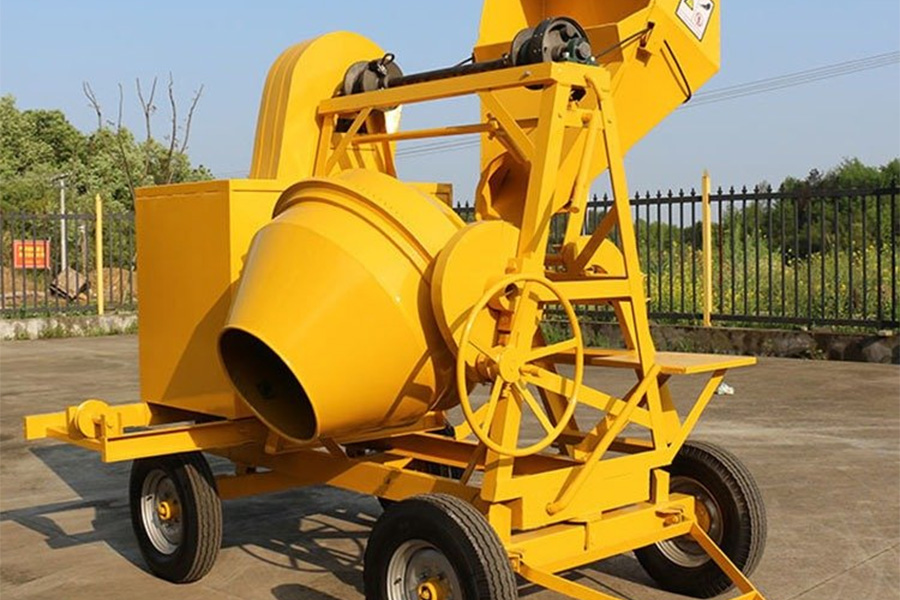
Drum mixers have a wide selection of mixers. Portable drum mixers are probably one of the popular mixers in this category since they use in-container mixing. Other drum mixers have their containers and allow content products to be poured into these containers.
Drum mixers’ mixing capacity is determined by the size of the machine. The mixing capacity ranges from 1-2m3/h, depending on the machine’s size and motor power.
They are suitable for adhesives and cement since they can mill different-sized particles such as gravel slurry, fruits, and ice cream. Generally, agitator mixers are ideal for processing products with medium or high viscosity.
Lab mixers

Laboratory mixers are often used to standardize samples before testing. There are different lab mixers with extra functionalities. For instance, single-shaft mixers are suitable for dissolving solid particles in liquids with low viscosity like thick paint. On the other hand, multi-shaft lab mixers can blend high-viscosity liquids with poorly flowing materials.
This machine’s mixing capacity varies depending on the model. For example, a laboratory pan mixer for construction has a 40-liter mixing capacity, while a benchtop laboratory mixer has an 11.4-liter mixing capacity.
Conclusion
Investing in an industrial mixer requires substantial money, hence the need for due diligence when choosing the right one, instead of primarily focusing on the cost, blending time, and speed that may lead to poor ROI and more downtime. It is worthwhile investing in flexible machinery to ensure a competitive advantage and high-level performance. The purchasing company can make an informed decision by examining these factors.

